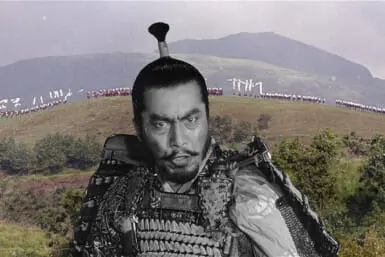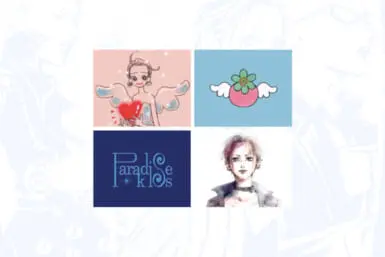This past decade has been big for Japanese cinema, and although it’s still too early to say which films will have the biggest impact on history, here are the five most likely contenders:
Confessions (2010)
Tetsuya Nakashima’s Confessions focuses on a junior high school teacher Yuko Moriguchi (Takako Matsu) taking revenge on two students who murdered her 4-year-old daughter. Part of her scheme involves confessing to poisoning their milk with HIV-infected blood, causing one of the culprits to become a shut-in until his mother tries to ease his “suffering” by trying to kill him, then herself.
All this doesn’t even begin to scratch the surface of Confessions’ twisted plot, which is intensified by an almost passive approach to the bleak subject matter. The characters act out in reprehensible ways almost as if they felt that their actions are inevitable given their personalities, histories or circumstances. Japanese cinema is definitely no stranger to dark storylines, but it rarely gets so uncomfortably… fatalist, robbing the viewers of whatever little hope in humanity they had left. Not many Japanese movies before or after Confessions have managed to achieve that.
The Wind Rises (2013)
A fictionalized biography of Jiro Horikoshi, the designer of the fighter planes used by Japan during World War II, The Wind Rises was Hayao Miyazaki’s final movie before he announced his retirement. So why exactly did the greatest animation director in history choose this story for his swan song?
Stripped of its historic context, the movie is essentially a story about love for one’s craft, the high of chasing your dreams and taking responsibility for the unintended consequences of your passion. Jiro Horikoshi believed that the world was a better place for having planes in it, but he also regretted his contribution to the war. This seems to reflect some of Miyazaki’s own feeling, seeing as he’d helped build Japan’s anime industry but now seems to have some regrets about it. Altogether, The Wind Rises is a beautiful, thought-provoking look into the mind of a brilliant creator who by now has thankfully changed his mind about retirement.
Shin Godzilla (2016)
When Godzilla came out in 1954, it changed the game. It was a monster movie that also embodied the fears of nuclear weapons, mixing traditional horror elements with smart commentary, and the world has been desperately trying to replicate that success since. Shin Godzilla seems to be the first modern Godzilla sequel that actually got it right.
For one, the character is once again SCARY. With the redesigned more sunken-in eyes and an almost corpse-like texture to its body, the new Godzilla looks like a proper, terrifying monster. More importantly, it itself isn’t the point of the movie, which is ultimately all about how unprepared Japan is for a threat of Godzilla’s scale because of excessive bureaucracy. And in a country as plagued by natural disasters as Japan, themes like that become an excellent throwback to the original movie, carrying the legacy of this iconic kaiju into the modern age.
The Tale of the Princess Kaguya (2013)
The Tale of the Bamboo Cutter dates back to the 10th century and tells the story of a mysterious child being found inside a bamboo shoot, who later turns out to be from the moon. Millions of pages have probably been written about its religious themes, its message of parental love, or how it could be one of the earliest examples of science-fiction in history. In any case, one can certainly learn a lot about Japanese culture from this story, which is why its 2013 animated adaptation, The Tale of the Princess Kaguya, is so significant. It’s perhaps one of the most ambitious Japanese movies ever made, and definitely the most expensive one, with a budget clocking in at nearly $50 million.
It’s far from the only adaptation of the story, but its unorthodox “sketch” style of animation gives the movie a very otherworldly feel, which is apt given the subject matter. But it also makes every part of the story feel alive, from its nature sceneries to beautiful architectural shots. Throw in a huge ensemble cast and a clear love for Japanese culture that’s simply palpable throughout the film, and you end up with one of the most important pieces of Japanese cinema in the last 10 years.
12 Suicidal Teens (2019)
No matter what year it comes out, a Japanese movie about suicides will, sadly, almost always be timely. But that’s not why 12 Suicidal Teens is worth a look.
The story centers around a group of teens (I forget how many) meeting together in order to commit suicide. There is a twist to the story, which is interesting, but it’s not as important as what happens throughout the film, and that is people talking. Talking about their lives, talking about their reasons for wanting to die, but most importantly talking frankly and openly like real human beings.
The reasons why they want to die are important as a lot of them stray away from topics you’d expect like “bullying” and venture into more profound territory. But it is the candid way that they are discussed that makes the movie feel genuine and, in the end, a little bit uplifting, which is what too many young Japanese people struggling with suicidal thoughts need to hear.









